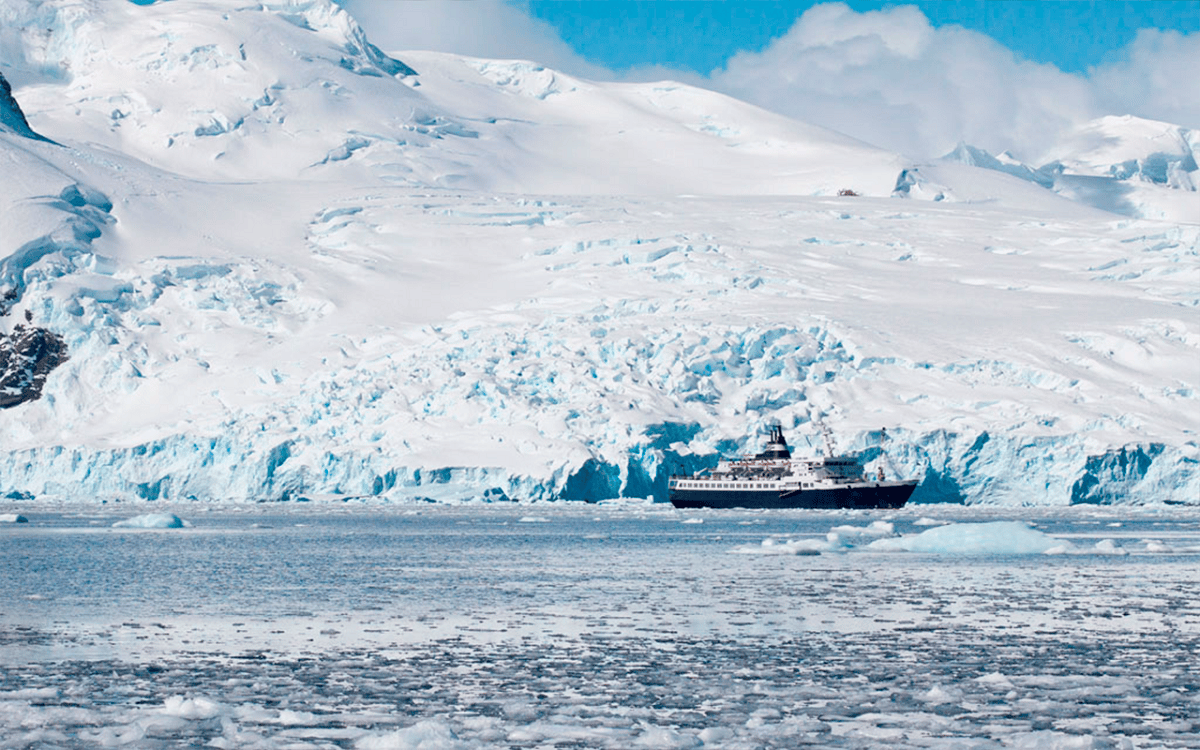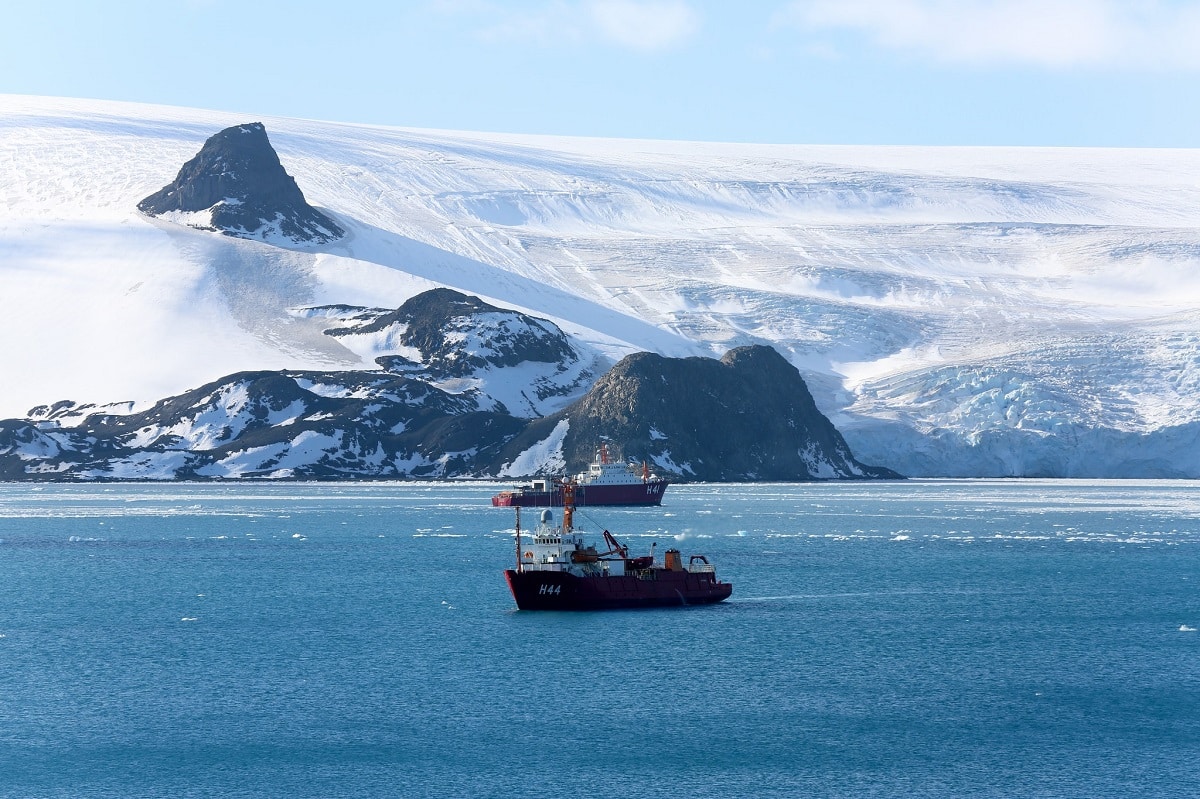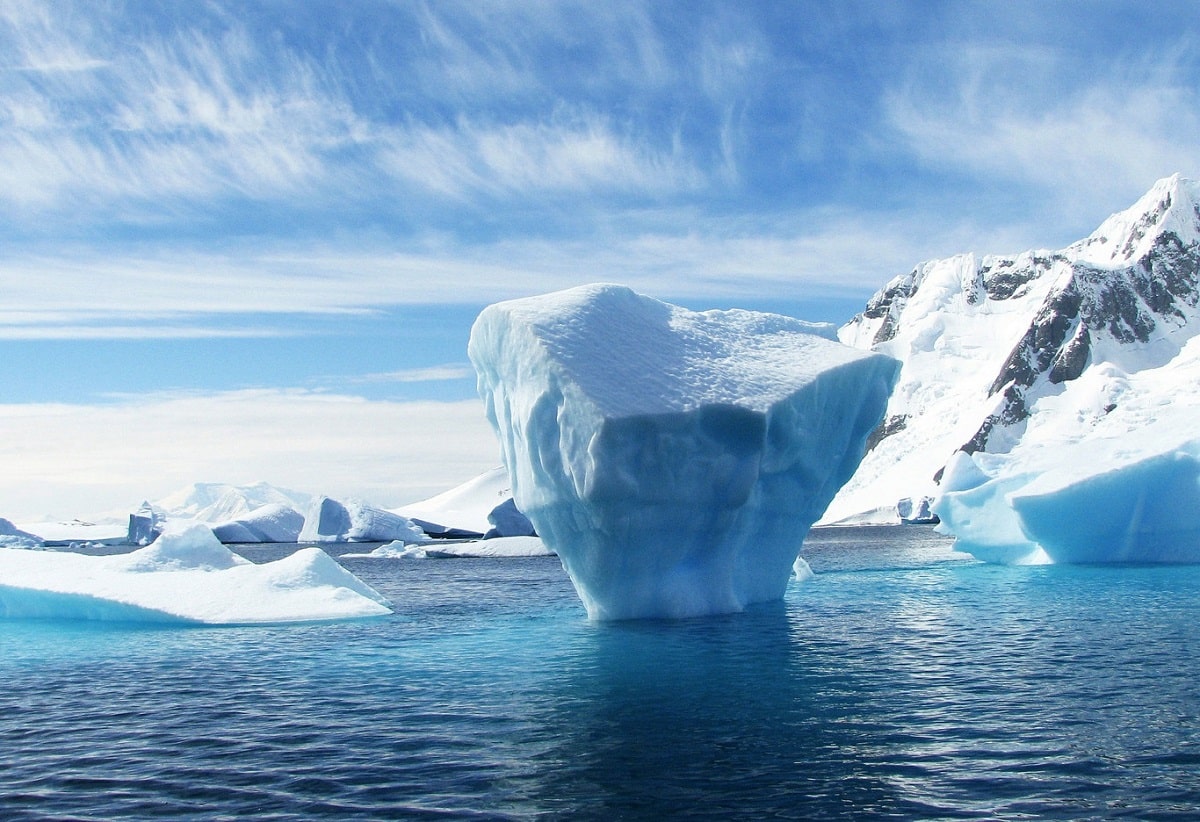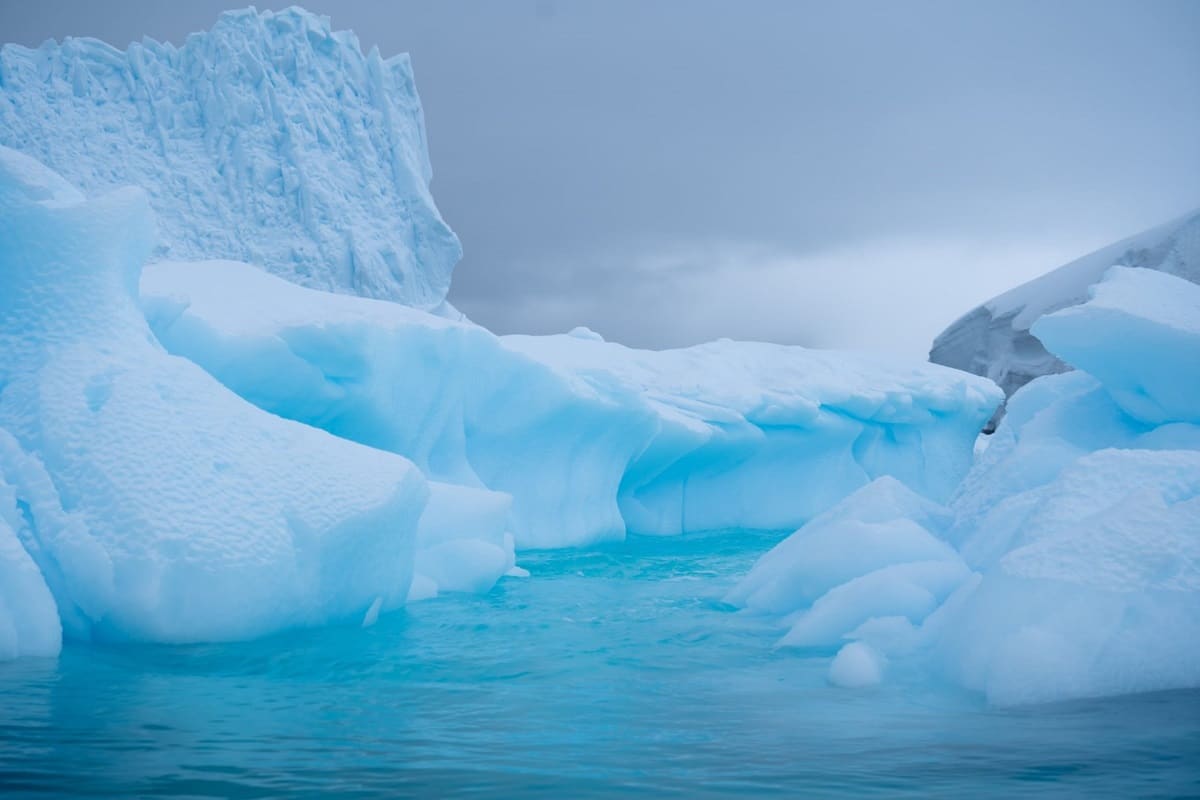
Antarctica will always be known as the frozen continent. However, many people do not know what is Antarctica and mistake it for the north pole. They confuse it with the north pole because they have that it is totally ice. This is not like this. Antarctica is a land continent covered by glaciers due to constant low temperatures throughout the year.
In this article we are going to tell you what Antarctica is, what its characteristics and importance are.
What is Antarctica

Antarctica (or Antarctica in some countries) is the fourth largest continent in the world, as well as the southernmost (southernmost) continent. In fact, its territorial center is located at the South Pole of the Earth. Its territory is almost completely (98%) covered by ice up to 1,9 km thick.
Since we are talking about the coldest, driest and windiest place on Earth, ordinary life in Antarctica is almost impossible, which is why it has no native population. It is only populated by different scientific observation missions (approximately 1.000 to 5.000 people throughout the year) with bases within its borders, generally on the Antarctic Plateau.
In addition, it is the most recently discovered continent. It was first observed by the Spanish navigator Gabriel de Castilla (c. 1577-c. 1620) in the southern summer of 1603. Until the end of the 1895th century, when the first Norwegian fleet landed on the coast in XNUMX.
On the other hand, its name does come from the classical era: it was first used by the Greek philosopher Aristotle (384-322 BC) around 350 BC. c. In his Meteorology, he named these regions "facing the north" (hence their name from the Greek antarktikós, "facing the North Pole").
Key features

Antarctica has the following characteristics:
- The surface of the continent is larger than Oceania or Europe, and it is the fourth largest continent in the world, with an area total of 14 million square kilometers, of which only 280.000 square kilometers are free of ice in summer and 17.968 square kilometers. kilometers along the coast. .
- A large group of islands form part of its territory, the largest being Alexander I (49.070 km²), Berkner Island (43.873 km²), Thurston Island (15.700 km²), and Cany Island (8.500 km²).
- Antarctica has no indigenous population, no state, and no territorial divisions, although seven different nations claim it: New Zealand, Australia, France, Norway, Great Britain, Argentina and Chile.
- The Antarctic territory is governed by the Antarctic Treaty, in force since 1961, which prohibits any form of military presence, mineral extraction, atomic bombing and disposal of radioactive material, as well as other measures to support scientific research and the protection of the ecoregion .
- It has many subglacial freshwater deposits such as Onyx (32 km long) or Lake Vostok (14.000 km2 in area). Furthermore, this area contains 90% of the Earth's ice, which contains 70% of the world's fresh water.
Location and climate of Antarctica
Antarctica is the southernmost region of the Earth, within the geographic Antarctic and Antarctic Circles, below the Antarctic Convergence Zone, that is, below latitudes 55° and 58° South. It is surrounded by the Antarctic and Indian oceans, adjacent to the Pacific and South Atlantic oceans, and is located only 1.000 kilometers from the southern tip of South America (Ushuaia, Argentina).
Antarctica has the coldest climate of all the continents. Its lowest temperature of all time is also the lowest recorded on the entire planet (-89,2 ° C), and its eastern regions are much colder than the western regions because it is higher.
Temperature annual minimum in winter and the interior of the continent is usually around -80 ° C, while the maximum annual temperature in summer and coastal areas is around 0°C. In addition, it is the driest place on Earth and liquid water is scarce. Its interior areas have few humid winds and are dry like a frozen desert, while its coastal areas have abundant and strong winds, which favor snowfall.
Relief

The geological history of Antarctica began about 25 million years ago with the gradual disintegration of the Gondwana supercontinent. For some stages of its early life, it experienced a more northerly location and a tropical or temperate climate before the Pleistocene ice age covered the continent and wiped out its flora and fauna.
The western part of the continent is geologically similar to the Andes Mountains, but it is possible that there is some life in the low-lying coastal areas. In contrast, the eastern region is higher in elevation and features a polar plateau in its central region, known as the Antarctic Plateau or Geographic South Pole.
this elevation extends more than 1.000 kilometers to the east, with an average elevation of 3.000 meters. Its highest point is Dome A, 4093 meters above sea level.
Antarctic wildlife
The fauna of Antarctica is scarce, especially with regard to terrestrial vertebrates, which prefer subantarctic islands with less harsh climates. Invertebrates such as tardigrades, lice, nematodes, krill and various microorganisms can be found on the continent.
The main sources of life in the area are found in low-lying and coastal areas, including aquatic life: blue whales, killer whales, squid or pinnipeds (such as seals or sea lions). There are also several species of penguins, among which the emperor penguin, the king penguin and the rockhopper penguin stand out.
Countries based in Antarctica
Most signatories to the Antarctic Treaty have scientific research bases on the continent. Some are permanent, with rotating staff, and others are seasonal or summer, when temperatures and weather are less brutal. The number of bases may vary from year to year, being able to reach 40 bases from 20 different countries (2014).
Most summer bases belong to Germany, Australia, Brazil, Chile, China, South Korea, United States, France, India, Japan, Norway, New Zealand, United Kingdom, Russia, Poland, South Africa, Ukraine, Uruguay, Bulgaria, Spain, Ecuador, Finland, Sweden, Pakistan, Peru. The winter bases of Germany (1), Argentina (7) and Chile (11) remain in Antarctica during the harsh winter.
I hope that with this information you can learn more about what Antarctica is and its characteristics.
Every day I am aware of such valuable knowledge that you give us about our Blue Planet, I will continue to enrich myself with them... Greetings